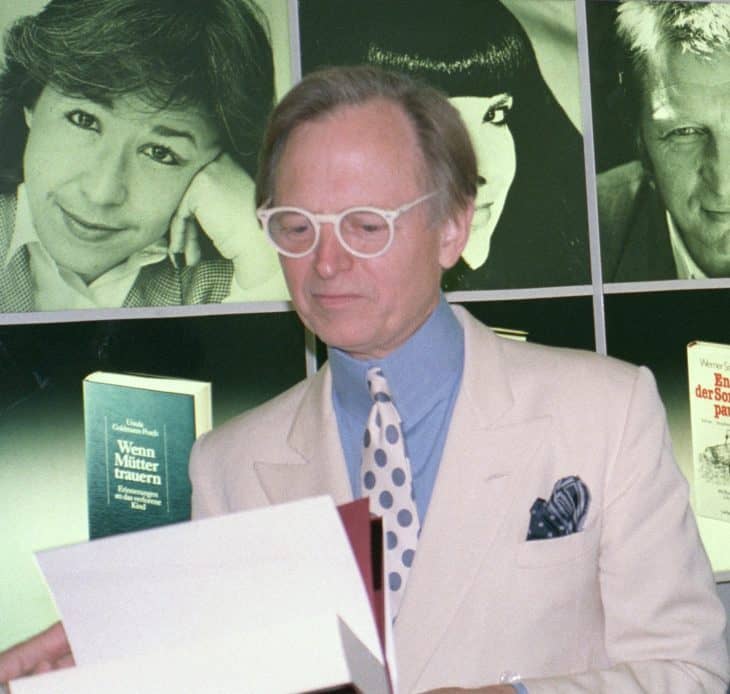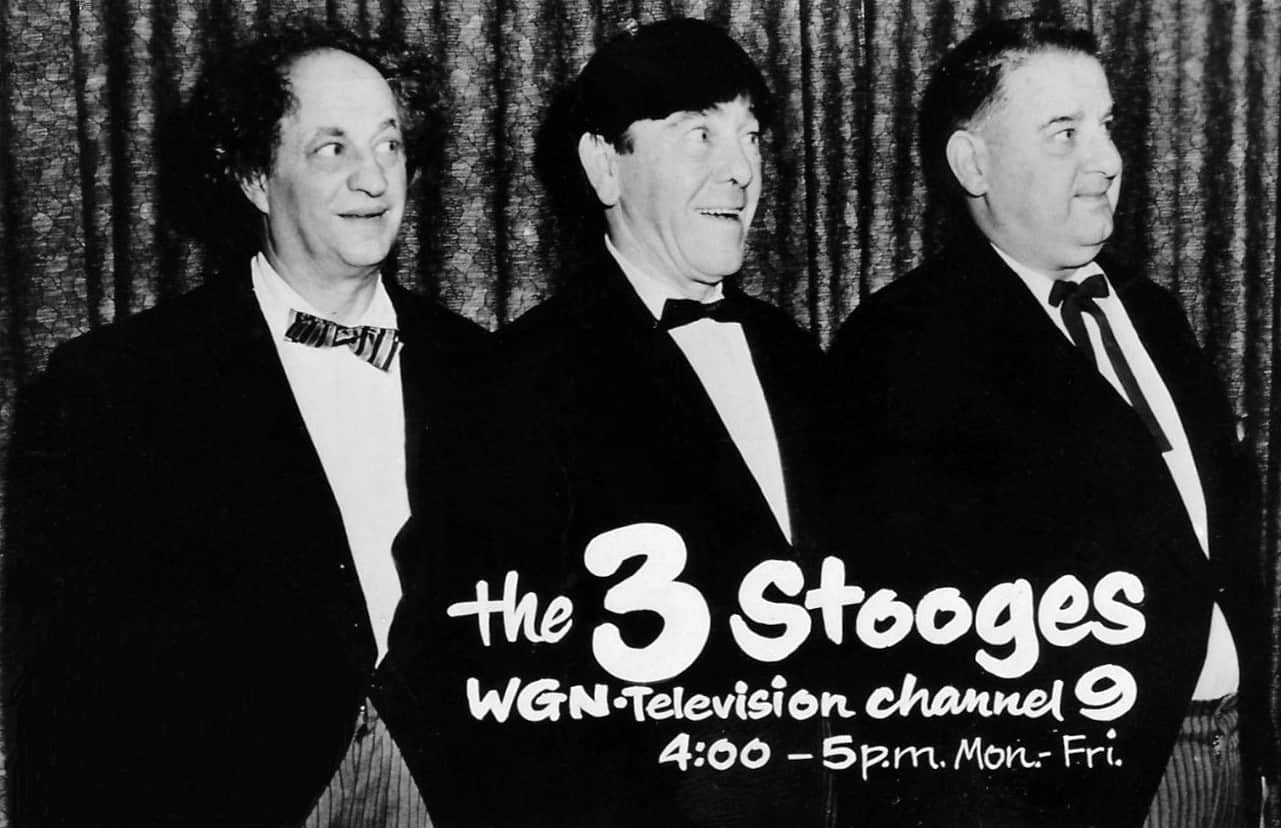
Tom Wolfe is one of the greatest names in modern literature. He wrote dozens of articles for newspapers and magazines. Wolfe also published numerous books including 4 novels with 30 literary awards. Learn more about the one of the pioneers of literature with these Tom Wolfe facts.
- Tom Wolfe’s was born on March 2, 1930.
- He entered Washington and Lee University in 1947.
- Tom Wolfe became a member of the Phi Kappa Sigma Fraternity in college.
- He completed his thesis on Communism in the American literary community in 1957.
- Tom Wolfe died from a disease on May 14, 2018.
- Tom Wolfe joined The Washington Post in 1959.
- He won an award from The Newspaper Guild in 1961 after serving as a foreign reporter in Cuba.
- Tom Wolfe became a reporter and writer for The New York Herald Tribune in 1962.
- He published 2 collections of his articles in 1965 and again in 1968.
- Tom Wolfe also published 2 critiques of modern art and architecture in 1975 and again in 1981.
- He appeared as himself in the 1977 satirical film Tom Wolfe’s Los Angeles.
- He published his first novel The Bonfire of the Vanities in 1987.
- In 2001 he published Hooking Up, a collection of short stories he wrote.
- He critiqued Charles Darwin and Noam Chomsky in the Kingdom of Speech in 2016.
- Tom Wolfe’s daughter Alexandra published Valley of the Gods in 2017.
- Tom Wolfe is repeatedly and incorrectly cited as the first person to use the term ‘trophy wife.’
- He popularized among writers the use of present tense when writing personal profiles in magazines.
- Tom Wolfe adopted his trademark white suit, trousers, and hat in 1962.
- He openly admired and supported George W. Bush as President of the United States.
- Tom Wolfe described Emile Zola as his role model.
Tom Wolfe wrote a book about astronauts.
Wolfe wrote specifically about the Mercury Seven astronauts who all went to space between 1961 and 1963. These seven astronauts set the standard for all succeeding American astronauts. According to Wolfe in his book The Right Stuff, the Mercury Seven were like warriors for risking their lives in the Space Race for the sake of their country. It was this book that popularized the term “the right stuff”, and later got a film adaptation in 1983.

Tom Wolfe joined the New Journalism literary movement of the 1960s and 1970s.
More than that, he was among its first and most successful members. The movement’s defining traits were its subjective style and a focus on immersion in the story as it’s written and reported on.
This contrasted with traditional journalism, which gave facts as objectively as possible. The movement’s subjective theme made it a target of criticism, with its members described less as journalists and more as psychoanalysts or sociologists.
Tom Wolfe once wrote an essay about his critics.
In a work titled The Three Stooges, Wolfe referred to 3 authors who spoke poorly of his writing. The authors in question were Norman Mailer, John Updike, and John Irving. Mailer described reading Wolfe’s books as having sex with a 300-pound woman.
Updike described Wolfe’s books as entertainment, not literature, while Irving outright called them bad. This led Wolfe to describe Irving as throwing a tantrum, and one born of panic at that. This, in turn, led to the writing and publishing in 2000 of The Three Stooges essay.
Tom Wolfe has a poor opinion of blogs and Wikipedia.
He expressed that after The Wall Street Journal asked him for his opinion in 2007. According to Wolfe, the world of blogs was nothing more than a world of rumors, and that blogs were an advance guard to the rear.
He described this trend in writing as backwards. It was also during that time that he criticized Wikipedia, describing anyone who believed even a single word on the site as primitive.

Tom Wolfe was previously accused of racism.
This was because of his depiction of the Black Panther Party in his book Radical Chic & Mau-Mauing the Flak Catchers. The Black Panthers were a self-defense group and civil rights organization from the 1960s.
However, Wolfe described them meeting with rich cucasians to discuss possible donations for their cause. Wolfe dismissed the accusation, saying that his story criticized how the rich supported causes simply for publicity without actually believing in those same causes.
Tom Wolfe criticized his fellow novelists in 1989.
This criticism came in the form of an essay in Harper’s Magazine, titled Stalking the Billion-Footed Beast. According to Wolfe, novelists at the time were too detached from their readers and should apply more journalistic techniques to correct the problem.

Other critics have praised Tom Wolfe.
These include Kurt Vonnegut, who described Wolfe as a genius. Another critic who praised Wolfe was Paul Fussell, who described Wolfe as a splendid writer. He also described Wolfe’s work as exhilarating because of Wolfe’s ability to share with the reader the enthusiasm in his work. Dwight Garner also praised Wolfe, in particular Wolfe’s lack of hesitation in challenging the pretensions of the literary community.
Tom Wolfe introduced several poetic terms into the English language.
We’ve already mentioned the term “the right stuff”, from his book of the same name. Other terms include “statusphere”, “the Me Decade”, and even “good ol boy” were first used in language by Wolfe.
Tom Wolfe strongly-criticized the art and architectural community.
In The Painted Word, Wolfe criticized the insular nature of the artistic community and its obsession with fads. In From Bauhaus to Our House, he described what he saw as the negative influence of the Bauhaus style on modern architecture.

Tom Wolfe appeared in the Simpsons.
This was in the episode Moe’N’a Lisa, airing on November 19, 2006. He appeared in the episode with 3 other novelists, Jonathan Franzen, Gore Vidal, and Michael Chabon. That was also his second appearance on the show. His first appearance was in the episode Insane Clown Poppy, airing on November 12, 2000.
Was this page helpful?
Our commitment to delivering trustworthy and engaging content is at the heart of what we do. Each fact on our site is contributed by real users like you, bringing a wealth of diverse insights and information. To ensure the highest standards of accuracy and reliability, our dedicated editors meticulously review each submission. This process guarantees that the facts we share are not only fascinating but also credible. Trust in our commitment to quality and authenticity as you explore and learn with us.
